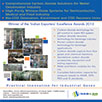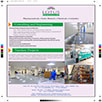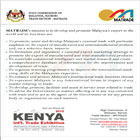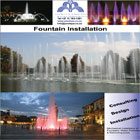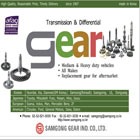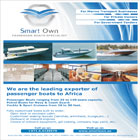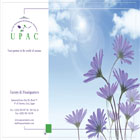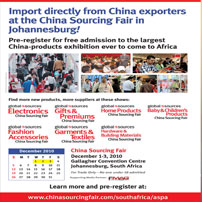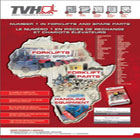

Africa bets on road, rail and port projects for growth
Posted on : Wednesday, 19th November 2014
When Dr Donald Kaberuka took over as president of the African Development Bank (AfDB) in 2005, one of his first acts was forming a little-known task force that would define the Bank’s agenda in the next decade.
Four men — two civil engineers and two economists — carefully chosen from Anglophone and Francophone regions to bridge this historical chasm, were given the task of solving one piece of the big puzzle that is the crisis of development in Africa.
In the early 2000s, Africa was undergoing a crisis of multiple dimensions: One, the structural adjustment era was just coming to an end.
Between 1980 and 2000 average income had dropped by 20 per cent — a clear indicator that the supposedly market friendly reforms pushed by the IMF and the World Bank had failed to deliver meaningful growth and worsened poverty levels.
Two, insurgencies and heavily armed banditry had become endemic, feeding into the stereotypical image of a continent saddled with never-ending wars. Ethiopia was in the grip of the worst famine since the famine of 1984.
The long-run prospects for growth were considered so bleak that the London-based Economist magazine infamously called Africa “ thehopeless continent.” Afro-pessimism was indeed a big topic at the time.
In 2005, during the G8 summit in Gleneagles, Scotland — four months before Kaberuka began his first term as AfDB president — former British prime minister Tony Blair described Africa as a “scar on the conscience of the world.”
Unfazed by all these negative vibes from the Gleneagles summit, back at AfDB’s headquarters in Algiers, four men had to come up with an idea that would radically shape the Bank’s agenda for the next decade and transform the fortunes of the continent.
The economists in the room haggled over expanding trade opportunities with the US under the African Growth and Opportunity Act (Agoa), or renewing the Economic Partnership Agreements (EPAs) with the European Union.
These proposals were reasonable, but engineers being engineers, they could not fail to find a structural flaw with this idea.
The civil engineers in the room were of the opinion that neither export-led nor private sector-led growth would succeed would do unless African governments work collectively to close the continent’s infrastructure gap.
They argued that the infrastructure on the continent still served the needs for which it was built for more than 100 years ago — that is, to link extraction centres in Africa to manufacturing and distribution hubs in Europe and now in southeast Asia.
They wanted to find a way of dismantling Africa’s enclave economies and link them so that Africans could trade more, communicate and exchange ideas.
With poor roads and rail networks, congested ports and high fuel costs, moving a billion people, commerce, information and capital on six per cent of the earth’s total surface area is a logistical nightmare.
Roads are sparse considering the continent’s vastness. Only one-third of Africans living in rural areas are within two kilometres of an all-season road.














